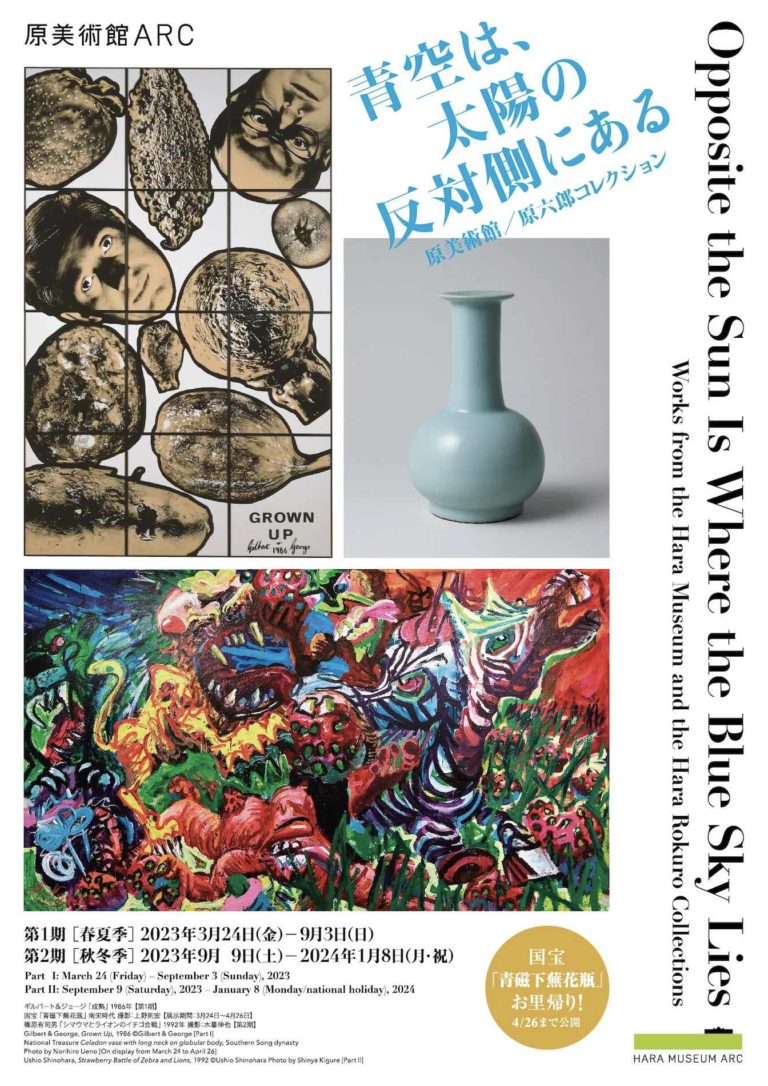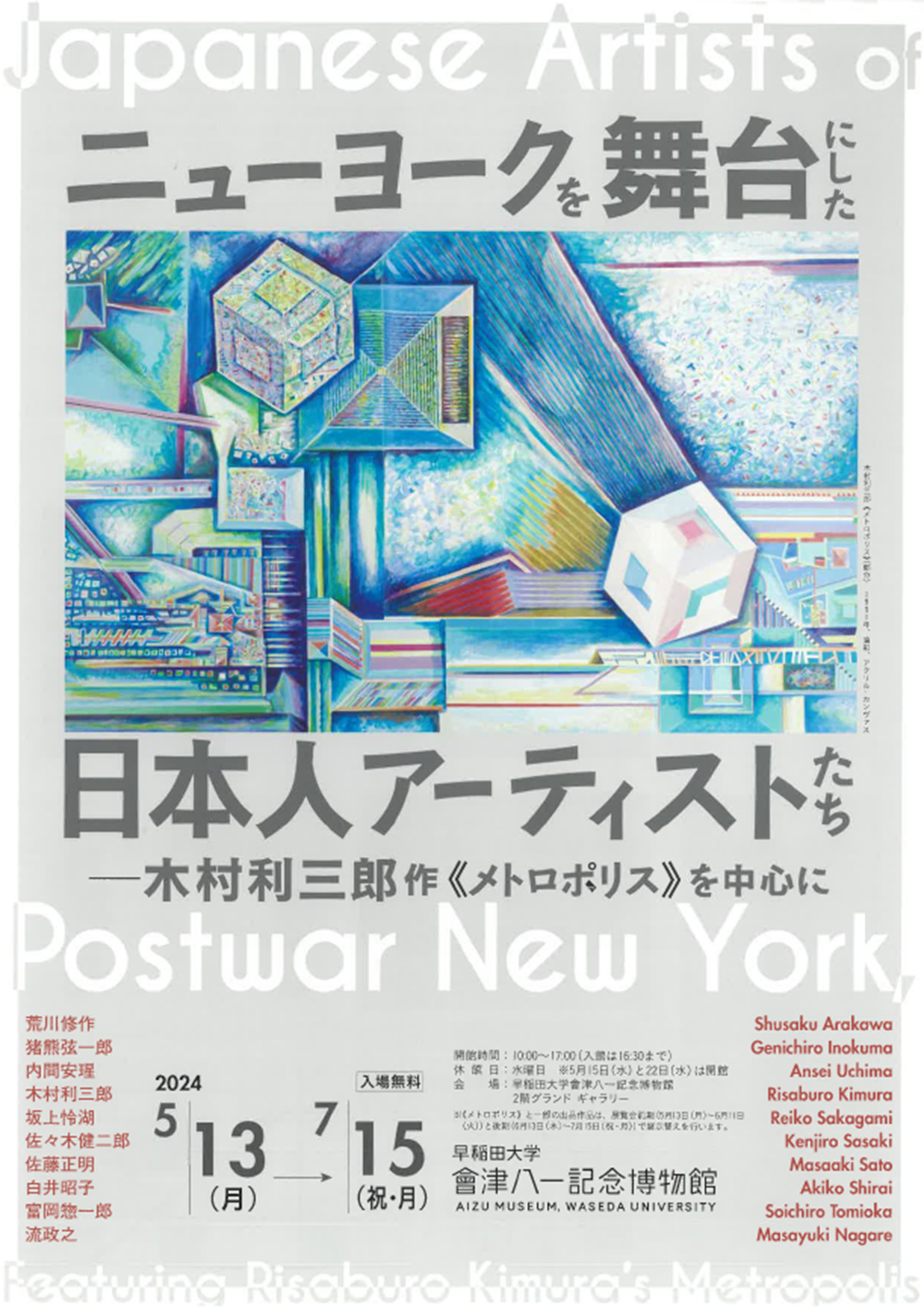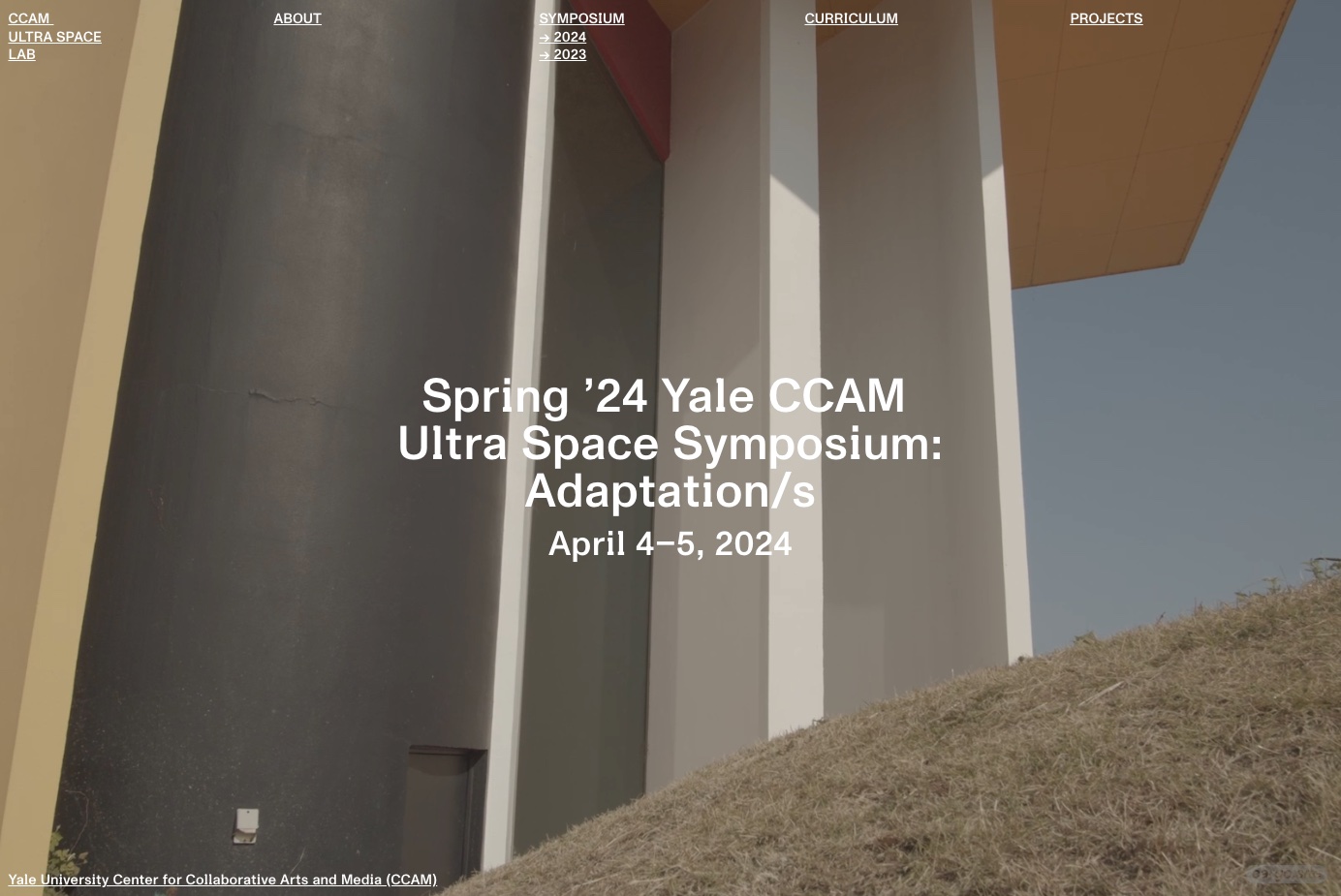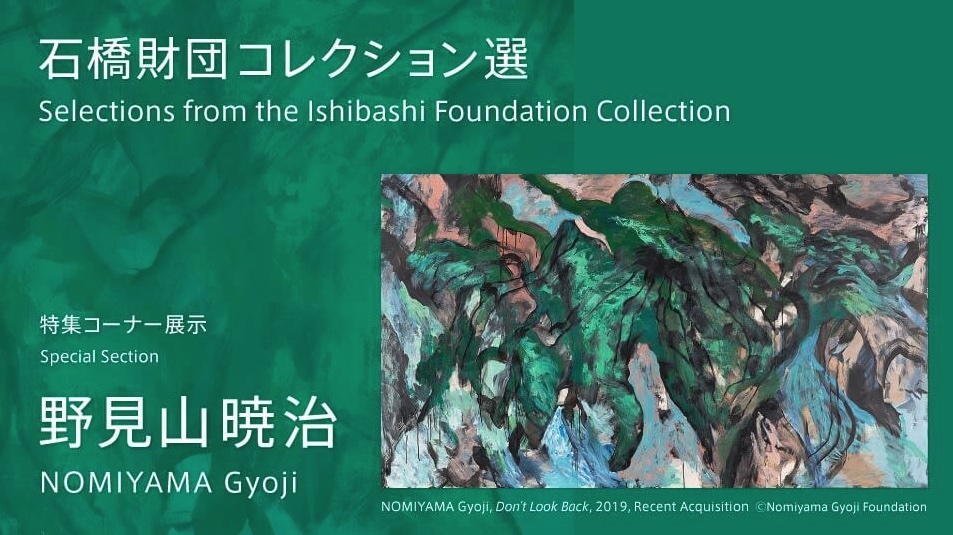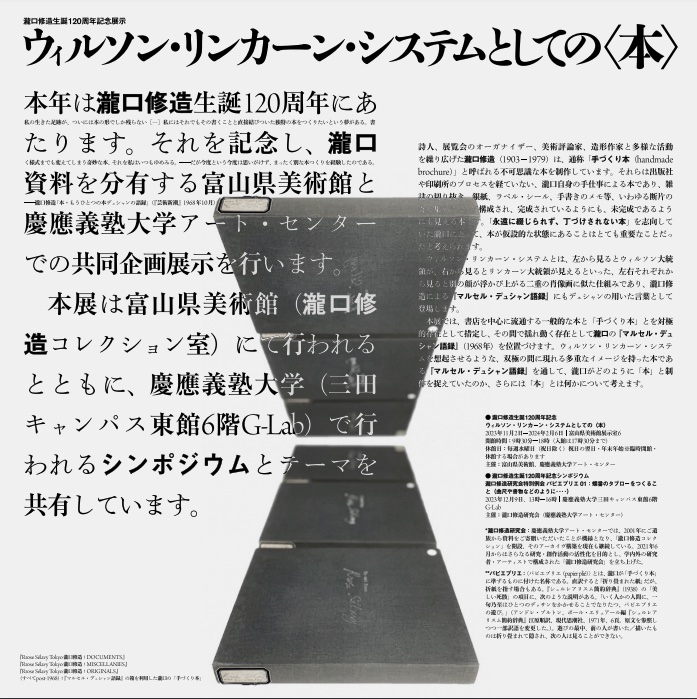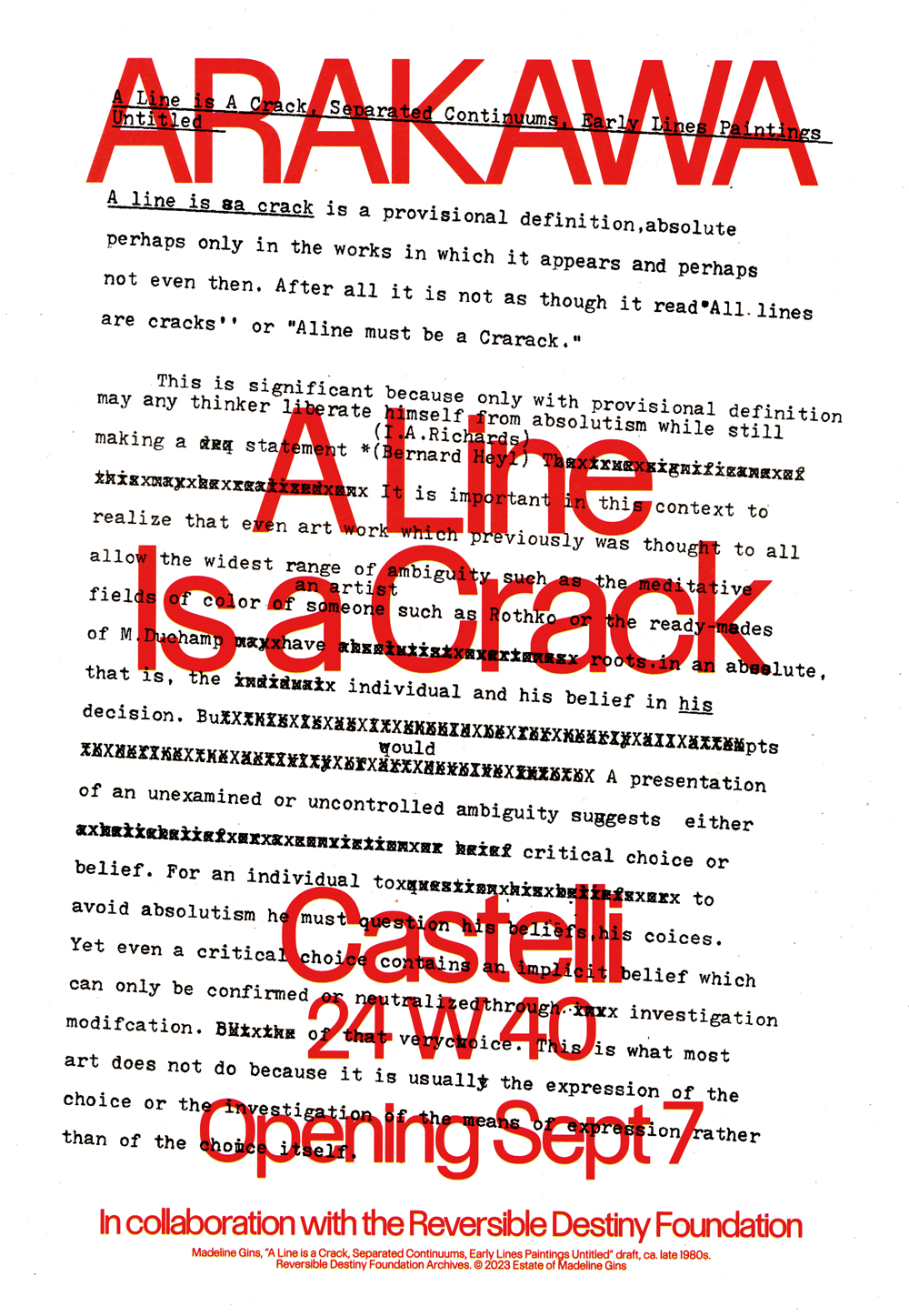Starting next spring, Hara Museum ARC will present the exhibition Opposite the Sun Is Where the Blue Sky Lies in which selected works from the Hara Museum Collection of contemporary art and the Hara Rokuro Collection of traditional East Asian art will be showcased in two parts, one in the spring and summer and another in the autumn and winter.
■What Does This Exhibition Offer?
(1) Works by contemporary artists collected by the museum over the past 40 years and selected under the title and catch phrase, Opposite the Sun Is Where the Blue Sky Lies. These include artists whose radical expression ran counter to traditional artistic values, such as Shigeko Kubota who refused to be limited to the category of “female artist” and created work that expanded the boundaries of sculptural expression.
(2) Artwork collected by the Meiji era businessman Rokuro Hara and showcased at the Kankai Pavilion. These include the Celadon vase with long neck on globular body, a designated National Treasure, and Celadon glazed incense burner, both returning home from the Tokyo National Museum where they are normally stored. The Celadon glazed incense burner is being presented to the public for the first time since the Meiji period. As an additional attraction, rare editions of Noh librettos (utaibon) referred variously as Koetsu-bon will be shown to the public for the first time ever.
■About the Exhibition
If you visit Hara Museum ARC on a clear, cloudless day, the first thing you will notice is the expansive sky spreading out before you. The contrast between the blue of the sky and the deep green of the mountains, the autumn color of the leaves and the stark black of Arata Isozaki’s architecture presents an awe-inspiring sight not to be found elsewhere. Averting your gaze from the white glare of the sun, you will notice that the blue of the sky becomes deeper the further away you look, becoming its deepest and most beautiful at the furthest points opposite the sun.
If the sky were the art world, then the sun would be where the mainstream and more orthodox expression dominate, while the areas opposite the sun are where artists break new ground by defying conventional wisdom and current values, adopt different points of view, question social and artistic trends in their own quiet ways and dive deep within themselves to find new ways of expression. The works by such artists from Japan and abroad, including Shusaku Arakawa, Shigeko Kubota, Gilbert & George and Joseph Beuys, are presented in Galleries A, B and C.
On display in the special exhibition space Kankai Pavilion will be works by Shiba Kokan, who devoted himself to Western painting and science during the Edo period when Japan was closed to the world, and Yokoyama Taikan, who rejected the traditional reliance in Japanese painting on line and pioneered an original style that was pejoratively dubbed “morotai” or “vague” at the time. Also on view will be beautiful masterworks exquisitely colored sky blue: Celadon vase with long neck on globular body (National Treasure) and Celadon glazed incense burner (on display from April 12 to May 10), two works from the Hara Rokuro Collection which are normally kept at the Tokyo National Museum. As an additional attraction, varying sections of Saga-bon and Koetsu-bon, rare specimens of Noh librettos (yokyokubon in Japanese) will also be on display during Parts I and II. According to existing records, Celadon glazed incense burner last appeared in the special exhibition Japanese and Chinese Celadon Ware that was held at the Tokyo Imperial Household Museum (now Tokyo National Museum) in 1902. The Noh librettos, on the other hand, are being shown to the public for the first time ever.
So why not come to Hara Museum ARC where you can turn your gaze away from dazzling sunlight and enjoy the beautiful blue sky and gorgeous details of the museum buildings spreading out before you?
■Featured Artists and Works
Part I
Contemporary Art: Ai Weiwei, Masako Ando, Georg Baselitz, Joseph Beuys, Jean Dubuffet, Gilbert & George, Zhang Huan, Jörg Immendorff, On Kawara, Lee Kit, Surasi Kusolwong, Jim Lambie, Roy Lichtenstein, Yoshitomo Nara, A.R. Penck, Jean-Pierre Raynaud, Tokihoro Sato, Yoshihiro Suda, Rufino Tamayo, Miwa Yanagi and others
Traditional Art: Celadon vase with long neck on globular body, Celadon glazed incense burner, Bird-shaped Celadon water pitcher vase, utaibon, Birds and Flowers, Kano school, Tier of boxes decorated in maki-e with design of hydrangeas, Waka poem “Kokin Waka-shu,” first part of “Spring” chapter with painted ground and butterfly design, Hon’ami Koetsu and others
Part II
Contemporary Art: Karel Appel, Shusaku Arakawa, Arman, Armando, Andy Warhol, Cesar, Christo, Willem de Kooning, Shigeko Kubota, Tetsumi Kudo, Robert Mapplethorpe, Yasumasa Morimura, Ernesto Neto, Mika Ninagawa, Claes Oldenburg, Mark Rothko, Ushio Shinohara, Rufino Tamayo, Antoni Tàpies and others
Traditional Art: Landscape of Mt. Fuji, Shiba Kokan, Seaside landscape with sunrise, Yokoyama Taikan, utaibon, Waka poem “Kokin Waka-shu,” first part of “Spring” chapter with painted ground and butterfly design, Hon’ami Koetsu and others
Part I and II
Anish Kapoor, Void / Yayoi Kusama, Mirror Room (Pumpkin) / Tatsuo Miyajima, Time Link / Yasumasa Morimura, Rondo (Twins) / Yoshitomo Nara, My Drawing Room / Tabaimo, Midnight Sea and others
Quoted from the official website

